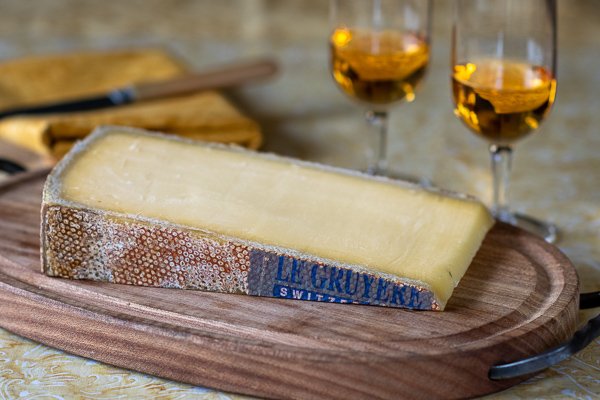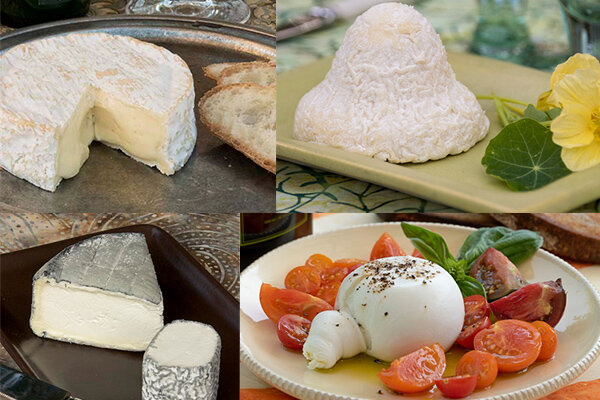Switzerland’s most famous cheese took it on the chin recently when a U.S. judge ruled that Gruyère is generic. American dairies have made Gruyère for years, he reasoned, so how can the Swiss claim the cheese is theirs? “The factual record makes it abundantly clear,” the judge wrote, that American consumers think of Gruyère as a type of cheese, not a product from a specific place. The Swiss will appeal, so the matter isn’t settled, but it’s a setback for those who believe we should respect European names like Asiago and Fontina. I wondered how the ruling was going down with people who sell both imported and domestic cheese.
Read moreBumpy Ride for Cheese Imports
Six months into this horrid pandemic and we still can’t plan for the future. Will we be able to gather for Thanksgiving? Will we have holiday parties? For me, these aren’t top-of-mind questions, but if you’re a cheesemaker, you need to guess, now, what people are going to want two or three months from now. The usual customer buying patterns have been completely upended. Montenebro (above), the fabulous Spanish goat cheese, is in short supply because the cheesemaker slashed production two months ago. Iffy flight schedules still plague air-freighted cheeses from Europe.
Read moreCheese Takes a Beating
Travel woes: (clockwise from upper left) Camembert au Calvados; Clochette; Burrata; French ashed cheeses
Maybe cheese wasn’t the first thing you thought about when President Trump announced a 30-day ban on flights from Europe last week. But cheese is, indeed, a victim. It won’t be getting on planes, either. All those lovely soft spring goat cheeses from the Loire Valley…fresh mozzarella and burrata from Campania…delicate robiolas from Piemonte…these cheeses and many others have effectively had their passports revoked. “Trump said it’s not going to affect cargo, but it doesn’t work that way,” says Stephanie Ciano of World’s Best Cheese, a major importer.
Read moreFrom Ashes to Ashes
Persillé de Rambouillet
Here we go again. Last week, the FDA detained a shipment of goat cheese from French producer Fromagerie Jacquin, declaring that the ash coating was not a permitted colorant. This ash, made by carbonizing vegetable matter, is what makes the dark ribbon in Morbier and the inky cloak on the Loire Valley’s famous Sainte-Maure and Valençay, which the French have been savoring since the days of Napoleon.
Read more



